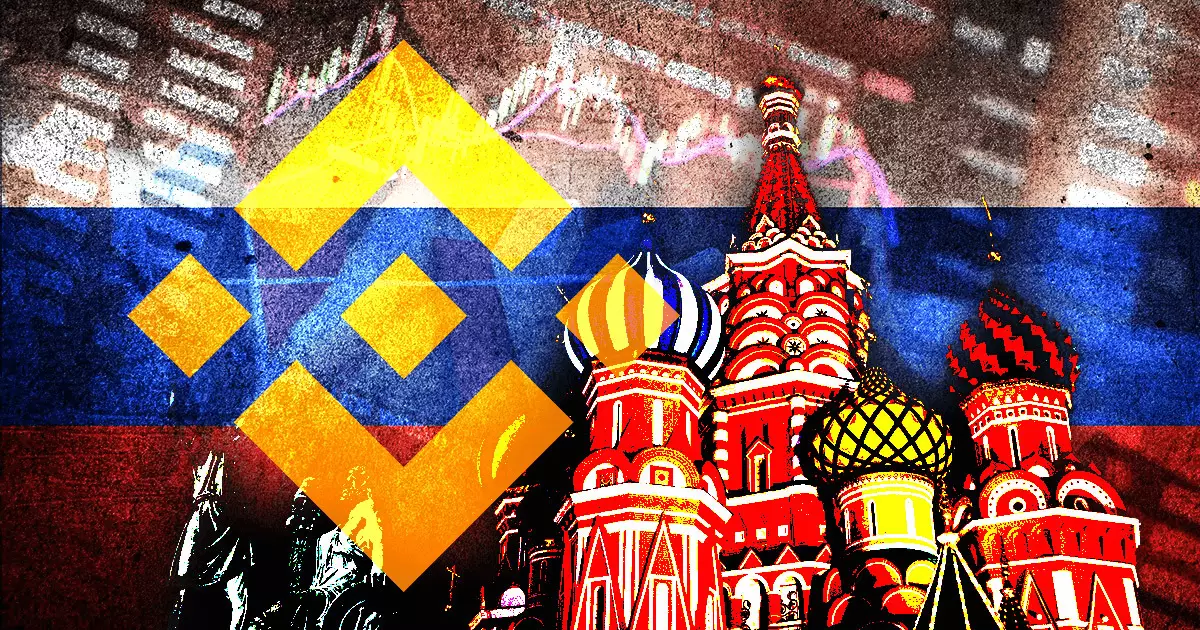Binance, one of the leading cryptocurrency exchanges, has recently taken the decision to remove several sanctioned Russian banks from its peer-to-peer (P2P) trading service. This move comes as the exchange aims to ensure compliance with local and global regulatory standards. The decision made by Binance highlights its commitment to addressing gaps in its systems promptly and remedying issues that do not align with its compliance policies.
The Changes Made by Binance
According to The Wall Street Journal, Binance confirmed the removal of five Russian banks from its P2P trading service. This service previously offered users the option to make direct transfers to and from bank accounts in exchange for cryptocurrencies. However, the controversy arose earlier when Binance allowed peer-to-peer trading involving the sanctioned Russian banks. The company faced criticism as its volunteers allegedly advertised the absence of Russian trading restrictions on Telegram.
Binance’s decision to remove the sanctioned banks from its P2P service demonstrates the exchange’s dedication to compliance with regulatory standards. By actively updating its systems, Binance aims to align with both local and global regulations. The company recognizes the importance of addressing gaps and remedying them promptly and efficiently, ensuring that payment methods that do not fit its compliance policies are not available on its platform.
Reports from Russian media suggested that Binance had renamed certain bank options to hide their sanctioned status. For instance, the Russian state-owned Sberbank and neobank Tinkoff were displayed as “green local card” and “yellow local card,” respectively, matching the color schemes of these banks’ logos. This practice raised concerns as it appeared to violate transparency and disclosure requirements. It remains unclear which other Russian banks were originally present on, or have since been removed from, Binance’s P2P trading platform.
Despite the removal of the sanctioned banks, Binance’s P2P exchange continues to support several other Russian banks that are either not sanctioned or only partially sanctioned. Currently, the P2P exchange lists 16 Russian payment methods, including major banks such as Russian Standard Bank, Home Credit Bank, and Raiffeisenbank. Furthermore, Russian users can utilize non-bank transfers through payment processors like Payeer and Advcash.
According to The Wall Street Journal’s report, Russian users still have the option to use the delisted banks by manually inputting the bank details. It is imperative to note that Binance’s P2P policies are separate from its main exchange policies, which have recently been liberalized. In April 2022, Binance imposed a €10,000 limit on Russian accounts. However, this policy was lifted in April 2023, allowing for more expansive trading opportunities.
Binance’s decision to remove sanctioned Russian banks from its P2P trading service showcases the exchange’s commitment to compliance with regulatory standards. By addressing gaps in its systems promptly and remedying issues that do not align with its policies, Binance aims to ensure the transparency and integrity of its platform. Although the practice of renaming the banks raised concerns, the exchange continues to support other Russian banks that comply with regulations. Binance’s efforts to align with global and local regulatory standards demonstrate its dedication to maintaining a secure and compliant trading environment.

